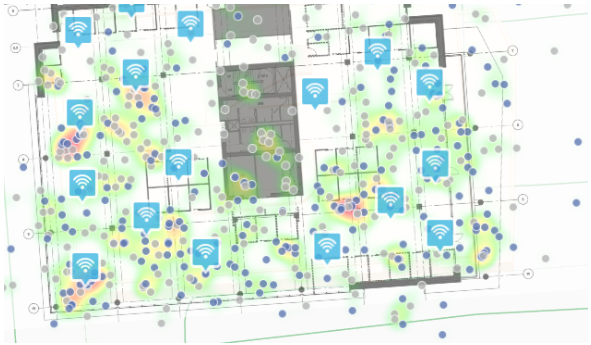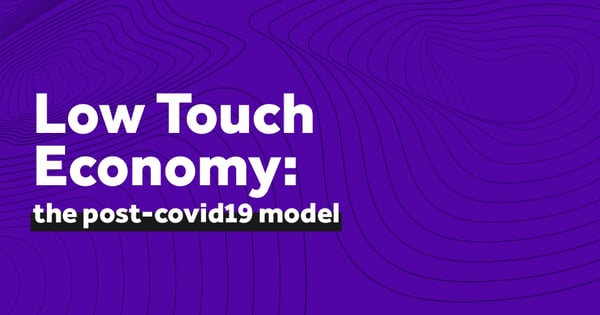Heatmap: Where do your customers go?
 Zoox Smart Data - 17 de July de 2020.
Zoox Smart Data - 17 de July de 2020.
When you enter a market, everything is thought out. The aisles, the organization of the products, the first thing the customer will see, which product is most likely to be sold, even the time he will spend at each location. But how did this knowledge come about?
Heatmaps are maps that offer colored visual representations that show where people are moving. This representation uses the color spectrum, from “hot” (red) to “cold” (blue) to identify areas of higher or lower temperature, literally, or of activity.
DIGITAL AND PHYSICAL HEATMAP: DIFFERENT TOOLS
The digital Heatmap is an installable tool on websites and browsers to understand how people interact with the page. They are divided into three: click maps, which capture clicks on the page; scroll maps, which understand the scrolling patterns of the site; and hover maps, which analyze the entire area traversed by the user’s mouse.

In this image, an example of how Heatmaps work. The site owner found that visitors clicked on the hollow area of the button, which was not clickable. This gave the impression that the button did not work and hindered conversions.
Heatmaps for physical environments have the same proposal but in a different way. These are the ones that supermarket owners use, for example, to understand the flow of customers and organize their gondolas.
There are two main ways to use these heatmaps: installing special cameras, with temperature sensors, that capture and understand the flow of customers; or offering free Wi-Fi to customers.
HOW DOES HEATMAP WORK WITH WI-FI?

Heatmaps are common tools in airports, hotels, shopping malls, and companies.
Once the customer accesses the store’s Wi-Fi, the cell phone will share geolocation data responsible for creating the heat map. If he returns several times, the map will be refined with each new visit.
The map, updated in real-time, is available to the business owner on a smart dashboard that offers insights to improve the shopping experience.
Smart Wi-Fi, for example, is a Wi-Fi Management tool that has data capture to enrich the database. Once the customer signs up to use Wi-Fi, he will be automatically recognized whenever he is near Wi-Fi from the same company.
Download our free ebook “Low Touch Economy: The post-covid19 model“







Comments